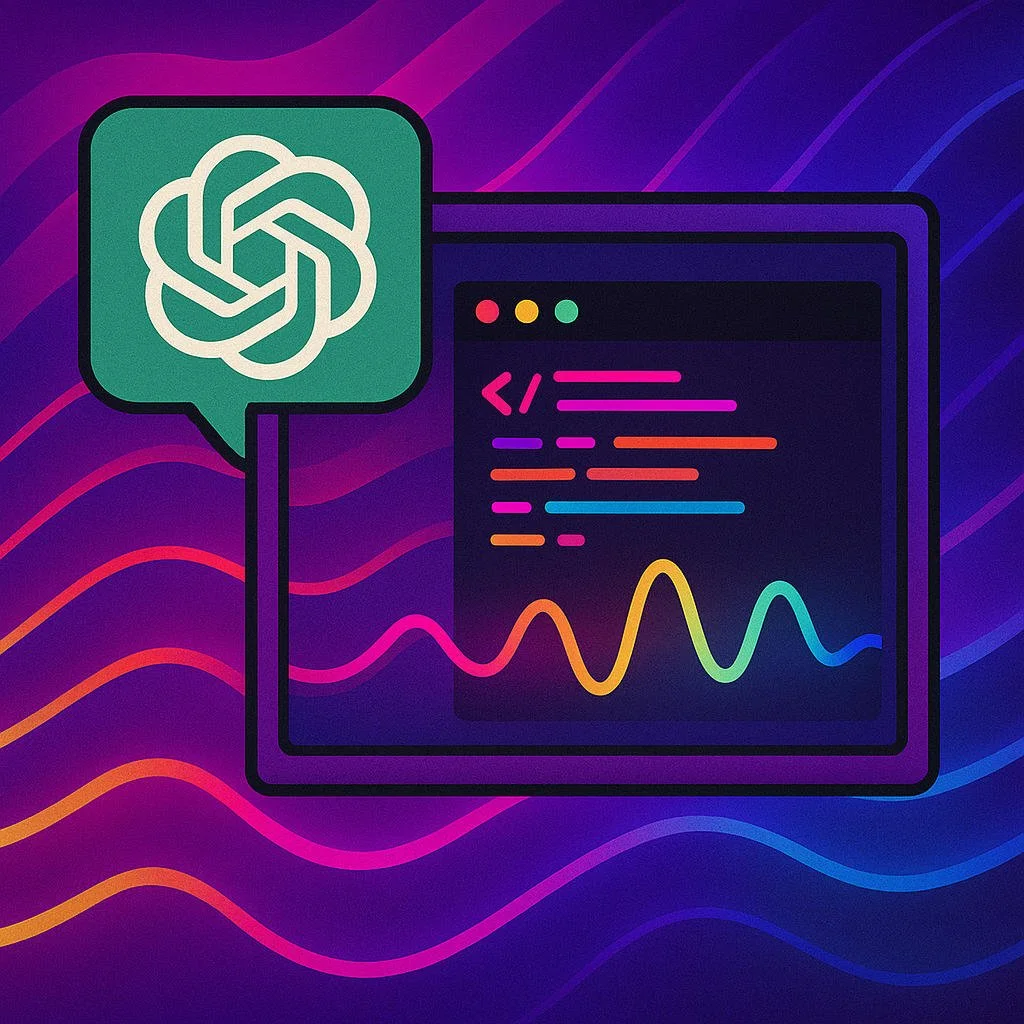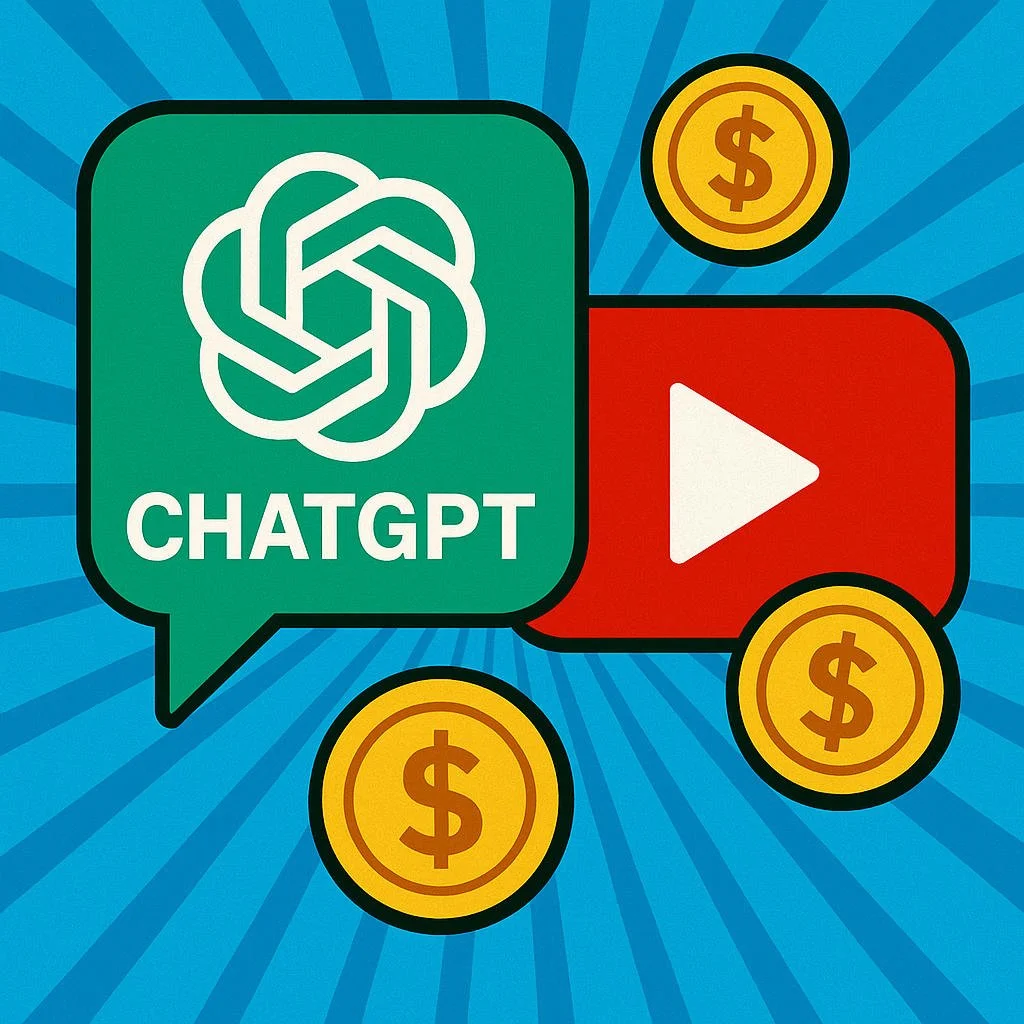How to Use ChatGPT to Tailor Your Résumé to a Job Description
Why tailoring your résumé matters (and where ChatGPT fits in)
Most companies now use ATS (Applicant Tracking Systems) and recruiters who skim quickly. They’re looking for:
The same keywords from the job description
Clear proof you’ve done similar work
Easy-to-scan formatting and bullet points
Tailoring your résumé for each job is the best way to get interviews—but doing it manually every time is exhausting.
That’s where ChatGPT helps. It can:
Highlight key skills and keywords in a job posting
Suggest custom bullet points based on your experience
Rewrite sections of your résumé in the company’s language
Help you create multiple tailored versions quickly
You still have to be honest and choose what’s true. ChatGPT just handles the heavy editing.
Step 1: Collect the two things ChatGPT needs
Before you start, grab:
The job description
Full posting text: responsibilities, qualifications, skills, tools, etc.
Your current résumé (or at least your core info)
Work history, job titles, dates
Responsibilities and achievements
Skills, certifications, education
You’re going to paste both into ChatGPT (you can do this in chunks if your résumé is long).
Step 2: Have ChatGPT extract the job’s “must-have” requirements
First, you want ChatGPT to analyze the job posting so you know what really matters.
Prompt:
I’m applying for this job. First, analyze only the job description below.
List the top 10 skills, tools, and qualifications the employer clearly cares about most.
Separate them into “must-haves” vs “nice-to-haves.”
Identify any repeated phrases or keywords I should definitely mirror in my résumé.
Here is the job description:
[paste job description]
You’ll get a list like:
Must-haves: project management, SQL, stakeholder communication, etc.
Nice-to-haves: marketing experience, specific tool names, foreign language, etc.
Keywords: “cross-functional,” “data-driven,” “customer-centric,” etc.
These are the words and themes you want woven into your tailored résumé.
Step 3: Show ChatGPT your résumé and find the overlap
Now you want ChatGPT to map your existing experience to the job’s requirements.
Prompt:
Now I’ll paste my current résumé.
Identify which of the must-have and nice-to-have skills from the job description I already demonstrate.
Point out any important gaps.
Suggest where in my résumé (which roles/sections) I should emphasize the matching skills more strongly.
Here is my résumé:
[paste résumé]
This gives you:
A list of matches (“You already show X, Y, Z”)
Gaps (things you might address with transferable skills or in a cover letter)
Hints on which jobs/sections are most relevant for this specific posting
Step 4: Generate tailored bullet points for your most relevant roles
Now you turn that overlap into laser-focused bullet points that speak directly to the job.
Pick 1–3 past roles most relevant to the job. Then:
Prompt:
Based on the job description and my résumé, rewrite the bullet points for my role as [Job Title] at [Company] from [dates].
– Emphasize the following skills and keywords from the job description: [list 5–10 key items].
– Use strong action verbs and include concrete results or metrics where possible.
– Keep each bullet concise and ATS-friendly (no long paragraphs).
– Don’t invent experience I don’t have—only rephrase what’s plausible based on my résumé.
ChatGPT will give you new bullets like:
“Led cross-functional projects with marketing and engineering teams to deliver [X], improving [metric] by [Y%].”
“Analyzed customer data using SQL and Excel to identify [result], informing product roadmap decisions.”
You can then tweak any numbers or details to be accurate.
Step 5: Tailor your summary/profile section to the job
Your résumé summary or profile is prime real estate to echo exactly what the employer wants.
Prompt:
Write a tailored professional summary for my résumé (3–5 sentences) for this specific job.
– Target role: [Job Title, e.g. “Senior Marketing Manager”]
– Industry: [industry]
– Audience: hiring manager and ATS
– Emphasize: [list 5–7 key skills/keywords from the job description]
– Base it on my background from the résumé you’ve seen.
– Keep it honest, confident, and specific, not generic buzzwords.
You’ll get something like:
“Results-driven Senior Marketing Professional with 7+ years leading data-driven campaigns in B2B SaaS. Experienced in cross-functional collaboration with sales and product teams, driving pipeline growth and optimizing ROI through targeted digital strategies. Adept at marketing automation, analytics, and stakeholder communication, with a track record of translating customer insights into measurable revenue gains.”
You can then soften, sharpen, or adjust the voice to sound like you.
Step 6: Tailor the skills section with job keywords (without lying)
Your skills section is where ATS often looks for keywords.
Prompt:
Based on the job description and my experience, suggest a tailored “Skills” section for this specific role.
– Prioritize skills that actually match what I’ve done.
– Group them under 2–3 headings (e.g., Technical Skills, Marketing Skills, Soft Skills).
– Avoid listing anything I clearly don’t have from my résumé.
Example output:
Technical Skills: SQL, Excel, Google Analytics, [CRM/tool you know]
Marketing Skills: Campaign strategy, A/B testing, content planning, lead generation
Soft Skills: Stakeholder communication, cross-functional collaboration, presenting to executives
You then verify and remove anything that doesn’t feel accurate.
Step 7: Adjust for ATS and formatting with ChatGPT’s help
ChatGPT can’t see your visual layout, but it can help you keep things ATS-friendly:
Simple headings (Experience, Education, Skills)
Avoid text in images, charts, or fancy columns
Use standard bullet points and fonts
Use common job titles where possible (“Customer Support Specialist” vs “Happiness Hero”)
Prompt:
Review this résumé text and:
Suggest changes to make it more ATS-friendly (headings, wording, keyword usage).
Point out any overly fancy or unclear job titles or section names.
Flag any long sentences that should be shortened for readability.
[paste tailored résumé draft]
You’ll get suggestions like:
Rename “Professional Journey” → “Work Experience”
Change “Customer Happiness Ninja” → “Customer Support Specialist (Customer Happiness)”
Break long bullets into shorter, punchier ones
Step 8: Use ChatGPT to tailor a cover letter that matches your new résumé
Once your résumé is tailored, align your cover letter with the same message.
Prompt:
Using the tailored résumé details and the job description, write a one-page cover letter for [Job Title] at [Company].
– Focus on 2–3 key strengths that match the job.
– Refer to specific requirements from the job posting using similar language.
– Include 1–2 short, concrete examples from my past roles that show impact.
– Make it sound like a real person, not overly formal or robotic.
Then you edit the tone and details to sound like you.
Step 9: Create a reusable “tailoring workflow” prompt
Instead of starting from scratch every time, build a master prompt for all future applications.
Save something like this:
You are my résumé tailoring assistant. For each new job:
Analyze the job description I provide. Identify top 10 must-have skills and keywords.
Compare them with my résumé (I’ll paste it next). Tell me where my experience matches and where there are gaps.
Rewrite my professional summary to target this job.
Rewrite the bullet points for my most relevant 1–3 roles to highlight those must-have skills using concrete results.
Suggest a tailored skills section, ensuring everything is true to my experience.
Do not invent experience I don’t have.
Now you just plug in:
Job description
Résumé
Specific role(s) to rewrite
…and you’ve got a tailored version in much less time.
Step 10: Final checks you should always do yourself
ChatGPT is powerful, but you must double-check:
Accuracy: No fake skills, titles, or achievements.
Tone: Does it sound like something you’d actually say?
Consistency: Job titles, dates, tools, and metrics match your LinkedIn and reality.
Length: Usually 1–2 pages is ideal (depending on your level and region).
Clarity: A human should be able to skim it in 15–30 seconds and “get” who you are.
If anything feels too “AI-ish” or generic, tweak it. Add specifics:
Real metrics, even rough (“increased by about 15%”)
The actual tools you used
Brief context (“small startup,” “global team,” “nonprofit,” etc.)
Bottom line
Using ChatGPT to tailor your résumé to a job description is like having a fast, tireless résumé editor:
It extracts the key skills from the posting
Helps you rewrite bullets, summaries, and skills to match
Keeps your language aligned with what hiring managers and ATS are scanning for
Your responsibility is to keep everything honest, accurate, and human. With that combo, you’ll send out fewer generic résumés, more targeted ones, and give yourself a much better shot at getting the interview.









